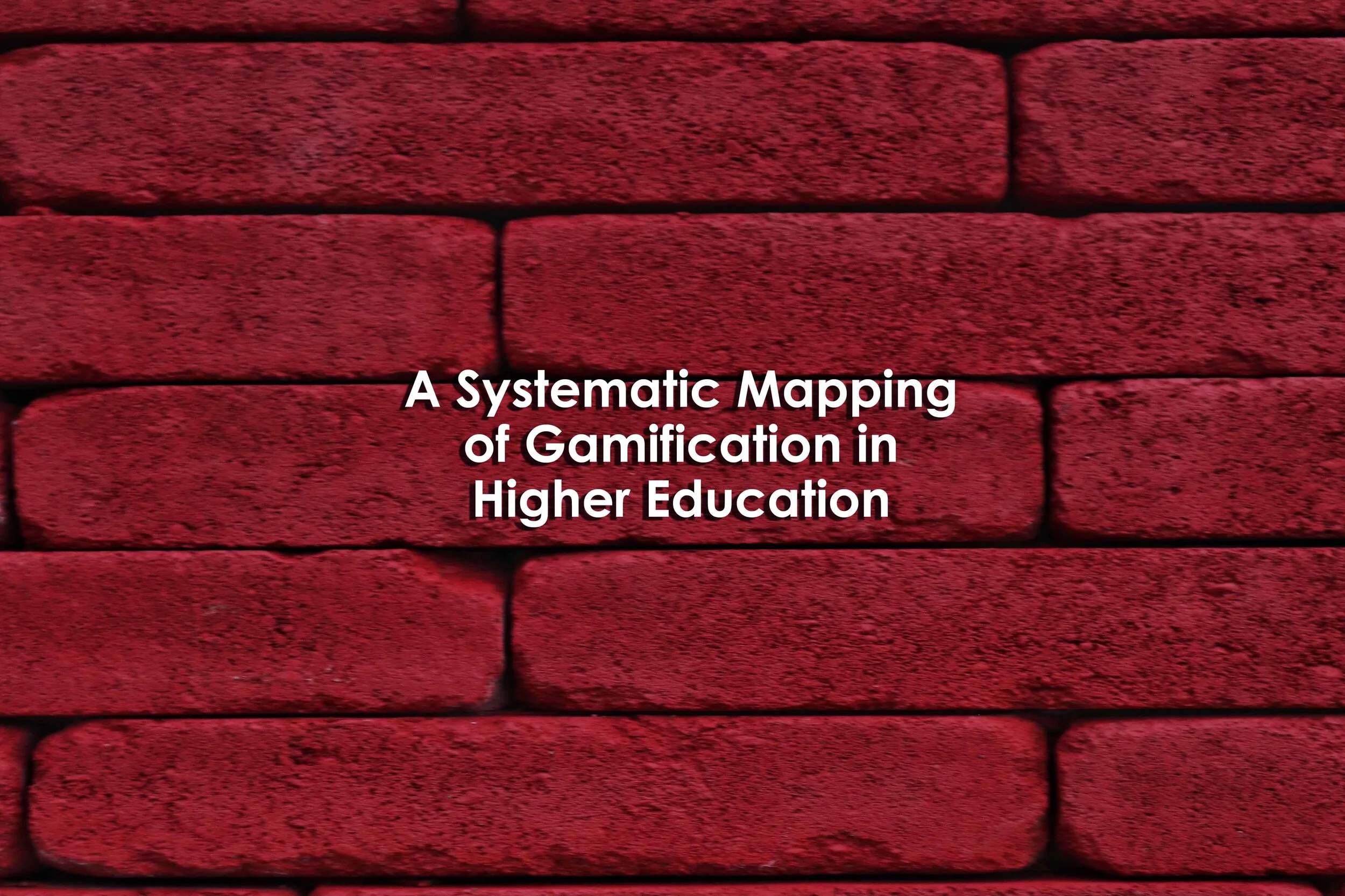A Systematic Mapping of Gamification in Higher Education
A Systematic Mapping of Gamification in Higher Education
A Systematic Mapping of Gamification in Higher Education
By Leandro Ouriques, Diego Castro, Diogo Olieveira, Jéssica Seibert, Geraldo Xexeo, Eduardo Mangeli
March 11, 2021
Summary
A systematic mapping was performed on gamification in higher education to understand its main benefits, the most investigated gamification techniques and the main characteristics of a gamification design needed to apply in a course. Gamification is a practice adopted to encourage motivation and commitment of individuals involved in a specific activity. The results indicated that gamification designs in high education have positive effect on motivation, engagement and leaning. Gamification provide regular feedback to students and foster student’s interest, attention, attendance and interaction in classroom. The most used game elements in the selected articles were points, achievements and leaderboards, followed by levels, rewards, feedback and challenges. The effectiveness of a gamification design has been often evaluated through students’ results, activities and/or perceptions.
Reference
Ouriques, L., Castro, D., Olieveira, D., Seibert, J., Xéxeo, G., & Mangeli, E. (2021, March). A Systematic Mapping of Gamification in Higher Education. In Developments in Business Simulation and Experiential Learning: Proceedings of the Annual ABSEL conference (Vol. 48).
Tags
Systematic Mapping, gamification, students

